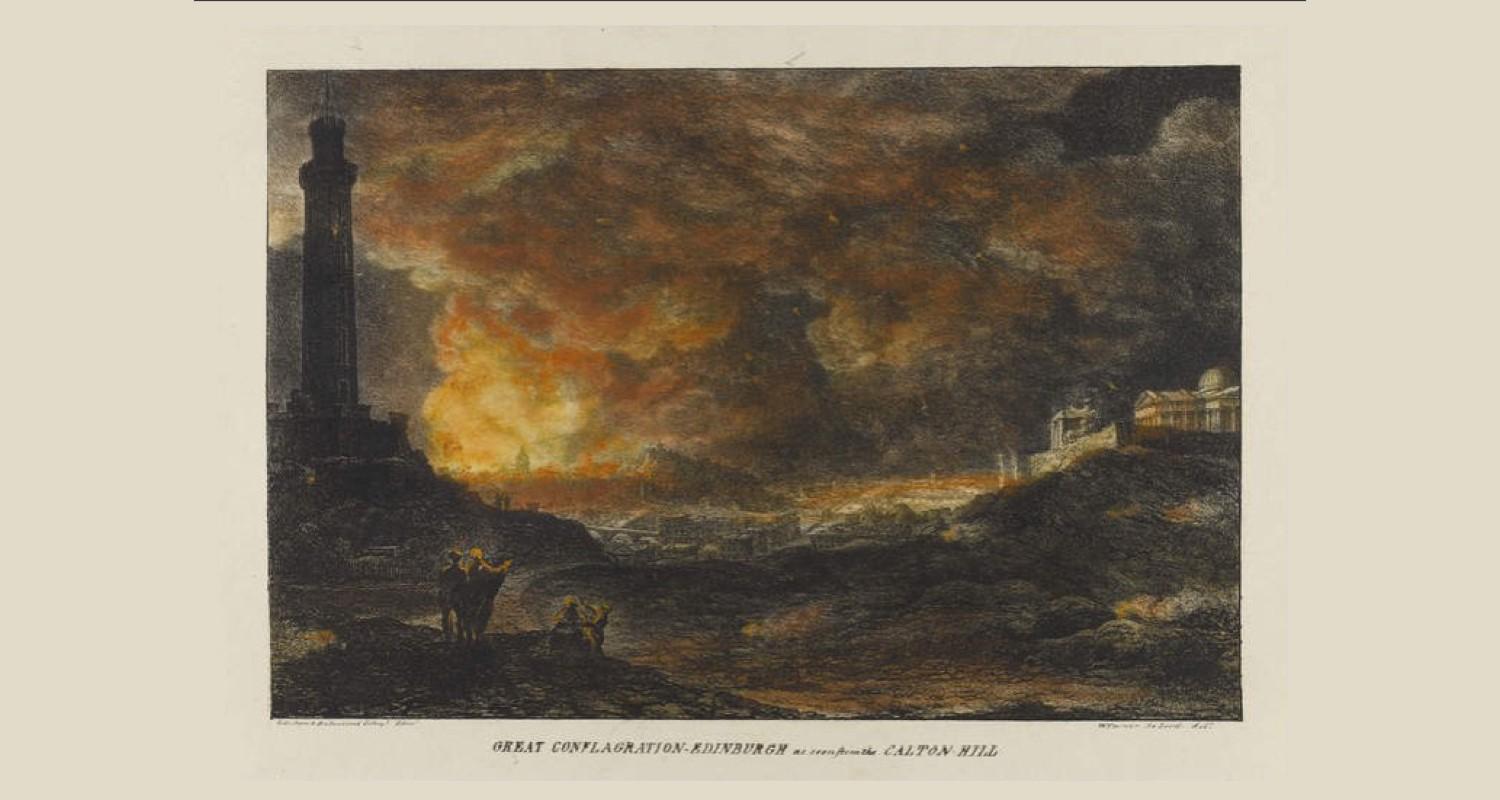This talk offers a brief overview of key fires that occurred in Edinburgh from 1426 to 1911. It considers the way these fires were shaped by the particular character of Edinburgh’s built fabric, and outlines those local legal frameworks that were developed to stop their re-occurrence. It considers how those legal frameworks helped shape the city we know today, but also how they informed the development of national and international fire-safety standards. It demonstrates how particular events and buildings in Edinburgh’s history have gone on to shape the built fabric and legal frameworks of cities the world over.
Today we are delighted to welcome two experts in the field of Architectural Design.
Dr Liam Ross is an architect, senior lecturer in Architectural Design, and Director of Education at Edinburgh College of Art, the University of Edinburgh. Since the Grenfell Tower fire, his teaching and research has focussed on the way architectural design is shaped by the problem of fire and fire-safety. His monograph Pyrotechnic Cities: Architecture, fire-safety and standardisation (Routledge, 2022) studies the history and politics of fire-safety standards, and the way they shape and are shaped by the particular character of our buildings and cities. Alongside his teaching and research at Edinburgh, he is course leader for the Design for Life? course at London School of Architecture, upskilling current practitioners in relation to fire-safety and building resilience design in relation to enhanced professional requirements in this area.
John Lowrey is senior lecturer in Architectural History in the School of Architecture and Landscape Architecture at Edinburgh College of Art, the University of Edinburgh. His research and teaching focuses on Scottish architecture from the early modern period (c.1600) to the early 20th century, with a special interest in the architecture and urbanism of Edinburgh. He has worked on early urban and building regulation in the city especially in relation to fire and his work in the city archives helps us to understand how the city acquired equipment and used building regulations, and even a degree of urban zoning, in an attempt to protect itself from the danger of fire. This has an effect on the design of buildings and the material used in their construction.
Fire-Space: How Edinburgh shaped Global Fire-Safety Standards
